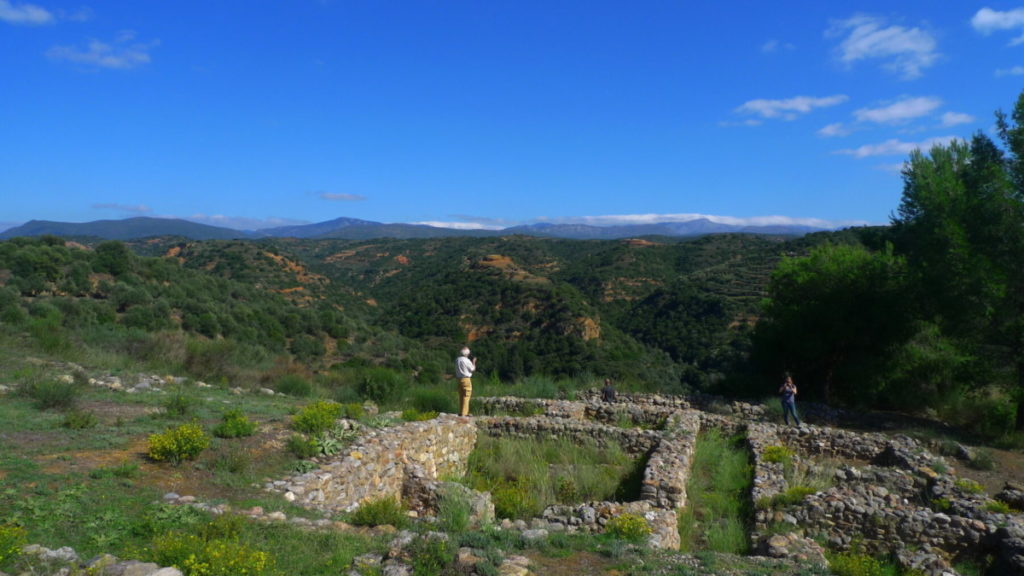Early Mycenaean Settlement Architecture: Differentiation and Monumentality

Istituto Svedese di Studi Classici a Roma
Via Omero 14
Roma
Data evento
12 Maggio 2022
The Mycenaean culture of the Late Bronze Age Greek mainland is well-known amongst archaeologists and has received much wonderment from scholars and general public alike. Less well-understood are the early cultural developments that led to the emergence of the fortified citadels, decorated palaces, extensive waterworks, extravagant tombs, road networks, and early script. Some answers may be sought in the Early Mycenaean period, here broadly taken as between 1800 and 1400 BCE. This was a time of rapid and invasive change where some of the first signs of greater social and political complexity can be observed, with the emergence of a martial ruling class. So far, the emergence of expansionist, competitive polities and increasing differentiation has been studied primarily using data recovered from funerary archaeology – settlement architecture has featured less prominently. Consequently, we do not really understand how such inequalities emerged and were expressed ‘in life’. What role did the increasing size and elaboration of settlement architecture play in the creation and consolidation of socio-political inequalities? How did the increasing expenditure of energy on architectural works affects social relations? During this seminar, I will introduce my PhD research, which started recently in September 2021. I will put forward several problems that scholars face when studying emerging complexity through settlement architecture and give several examples of how they may be approached.
Yannick de Raaff is a PhD student in Classical Archaeology and Ancient History at the Department of Historical Studies, Gothenburg University.
